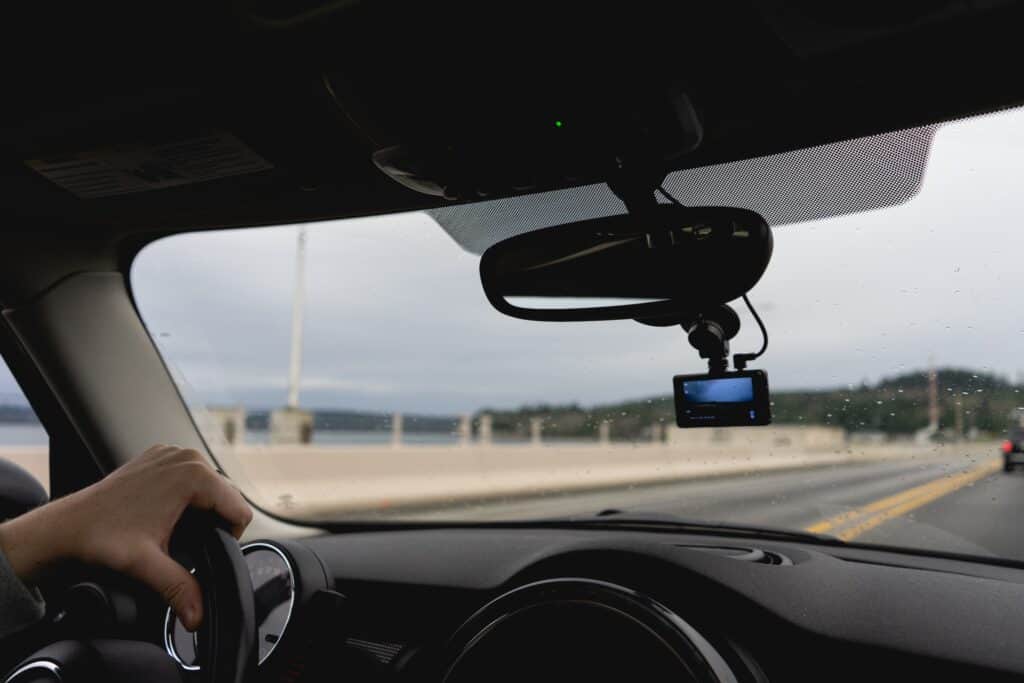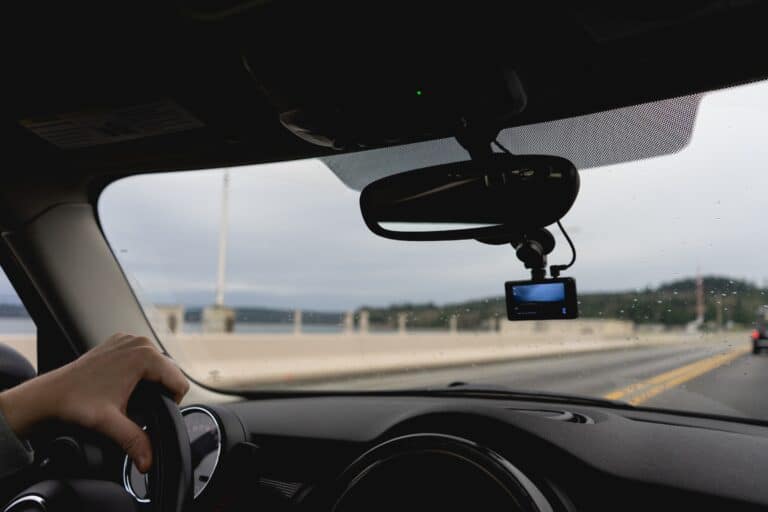How to Protect Dash Cam From Heat: 5 Simple Methods
The inside car temperature can climb to 99°F if the outside air temperature is 80°F and the car has been parked for 10 minutes. And if you leave it for 60 minutes, the car temperature can soar to 140°F.
That much high temperature can surely cause some irreparable damage to the heat-sensitive dash cam mounted in your car. You can’t help but drive and park it in the blazing heat of summer. This prolonged exposure to high temperatures can melt the plastic and badly damage the wiring system of your dash cam.
Heat can also distort the recording and make it blurry — eliminating the entire purpose of your dashcam. In this blog post, I’m going to disclose effective ways you can use to protect your dash cam from heat. Let’s roll in!
Table of Contents
How Can I Stop My Dash Cam From Overheating?
There are some ways to prevent your dash cam from overheating and ensure its longevity and reliability.
1. Choose Dash Cams with Supercapacitors
Most dash cams use lithium-ion batteries to power their functions and save the recordings in case of a power loss. While these batteries are suitable for normal weather conditions, they can overheat and swell when subjected to extreme heat.
Thus, a dash cam that uses a supercapacitor instead of a battery is the better choice for you if you live in a hot climate or frequently expose your car to the sun.
A supercapacitor is a type of energy storage device that can withstand high temperatures and provide stable power to the dash cam. Capacitor-powered dash cams are more durable and safer than battery-powered ones.
2. Mount in a Shaded Area

Another way to prevent your dash cam from overheating is to avoid placing it in direct sunlight. Sunlight can increase the temperature of the dash cam and affect its performance. It can even cause glare and reflections on the lens and reduce the quality of the recordings.
If you cannot find a suitable shaded area to mount your dash cam, you can also use a sunshade or visor accessory for your dash cam. These are specially designed devices that attach to your dash cam and shield it from direct sunlight. They can help lower the temperature of the dash cam and prevent overheating. See our guide on the legal placement of dash cams to explore various places you can install the dash cam in your car.
3. Tint Your Vehicle’s Windows
Another option to prevent your dash cam from overheating is to tint your vehicle’s windows. Window tinting can significantly reduce the amount of heat and sunlight that enters your car. It benefits not only your dash cam but also your comfort and safety.
But you should ensure that there is adequate ventilation around your dash cam. Ventilation can help dissipate heat and cool down your dash cam. You should avoid blocking the vents or air conditioning outlets near your dash cam, as they can provide airflow and circulation.
4. Park Your Car Under Shade

If you want to keep your dash cam recording in the parking mode, you should try to find covered parking spots where your car can be shielded from direct sunlight. For example, you can park your car in garages, carports, or under trees. This helps reduce the heat buildup inside the car and keeps your dash cam cooler.
Some dash cams are more sensitive to heat than others and may not function well in hot environments. If you don’t need to record in the parking mode, you should turn off the dash cam or unplug it from the power source when you park your car. This prevents the dash cam from running in high temperatures and consuming battery power.
5. Remove Dash Cam When Not in Use
Another way to prevent your dash cam from overheating is to remove it from your car when you’re not driving. This will avoid exposing it to extreme heat for long periods, especially during summer.
The ease of removing and reinstalling your dash cam depends on how you power it. If you use the power cable that plugs into the 12V accessory socket, you can simply unplug the cable and detach the dash cam from its mount. To reinstall it, you just need to attach it back to its mount and plug in the cable.
If you hard-wire your dash cam, which means connecting it to your car’s fuse box, it will be more difficult to remove and reinstall it. You will need a hard-wire kit and follow the instructions carefully to avoid damaging your car’s electrical system. You will also need to find a safe place to store the dash cam and its wires when not in use. See our guide on the easiest dash cams to use to find yourself a convenient protection buddy for your car.
FAQs
Most dash cams are designed to withstand heat up to a certain limit, which is usually indicated in the product specifications. However, some dash cams may be more sensitive to heat than others and may malfunction or get damaged when exposed to high temperatures for prolonged periods.
Leaving your dash cam in a hot car can cause overheating issues, which can affect its performance, reliability, and safety. Overheating can damage the dash cam’s components, reduce its battery life, or even cause a fire hazard.
Yes, a dash cam can get too hot if it is exposed to high temperatures for a long time. This can happen when you use your dash cam in a hot climate, park your car under direct sunlight, or use a battery-powered dash cam that can overheat and swell.
Wrap-Up
If you want to protect your dash cam from overheating, check the temperature of your dash cam periodically and turn it off if it gets too hot. Lower the resolution and bitrate settings to reduce power consumption and heat generation.
I recommend using dash cams built to withstand high temperatures and then keeping them clean and shiny. When dust covers up your dash cam, it prevents air and ventilation that leads to overheating of the dash cam. So, always prefer cleanliness when protecting your dash cam from heat.






